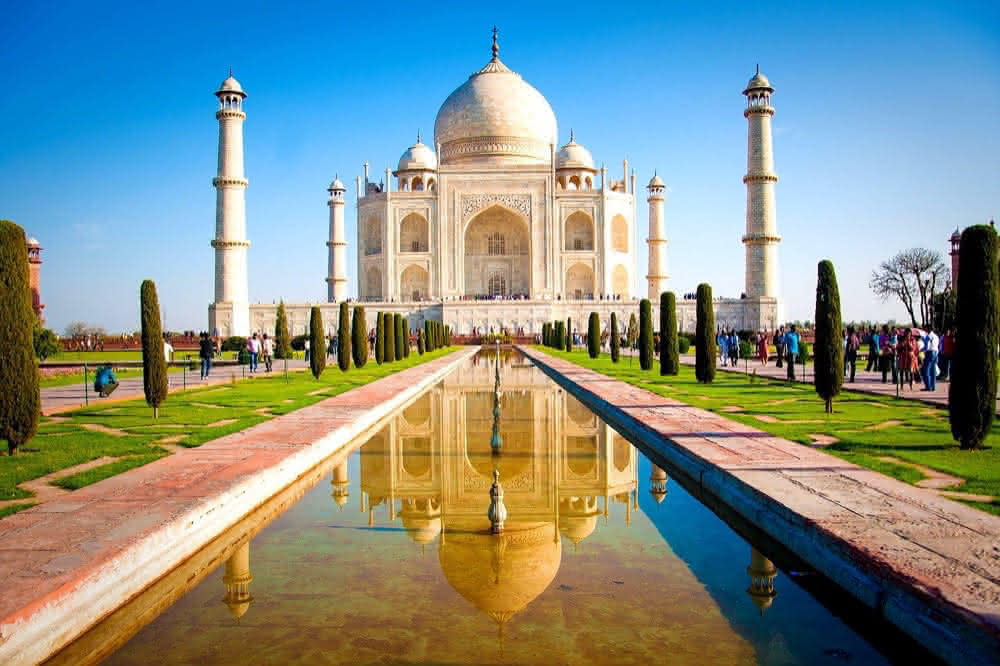 Wateway in front of the Taj Mahal
Wateway in front of the Taj Mahal1632
Islamic gardens pay particular attention to water themes and shade. They reflect the charbah quadrilateral layout. The purpose of an islamic garden is rest, reflection, and contemplation. Aromatic plants are often used.
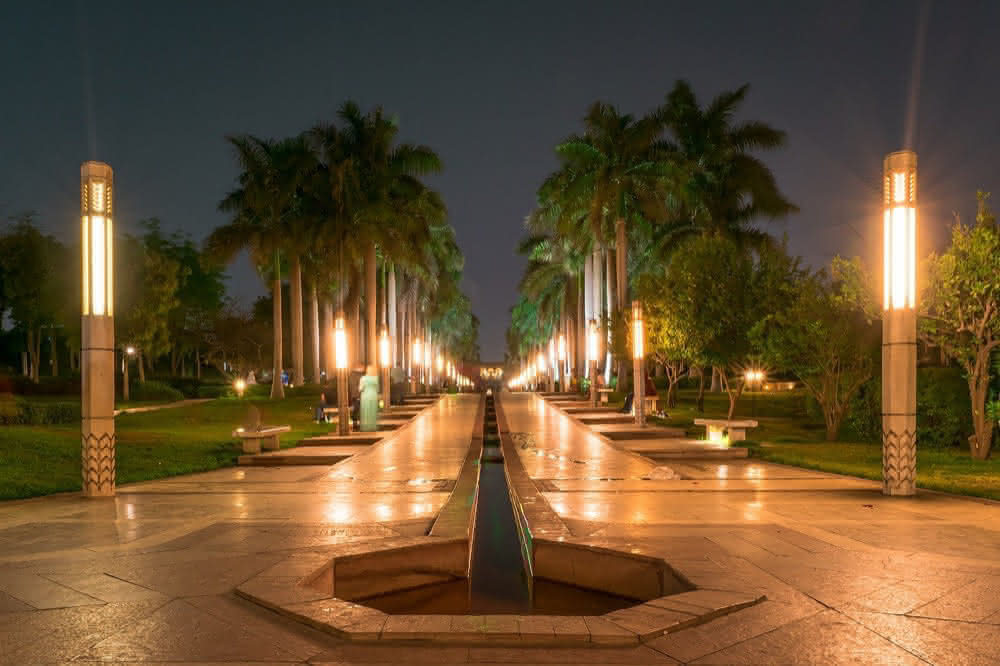 A Rill fountail in the Al Azhar Park
A Rill fountail in the Al Azhar ParkCairo, Egypt
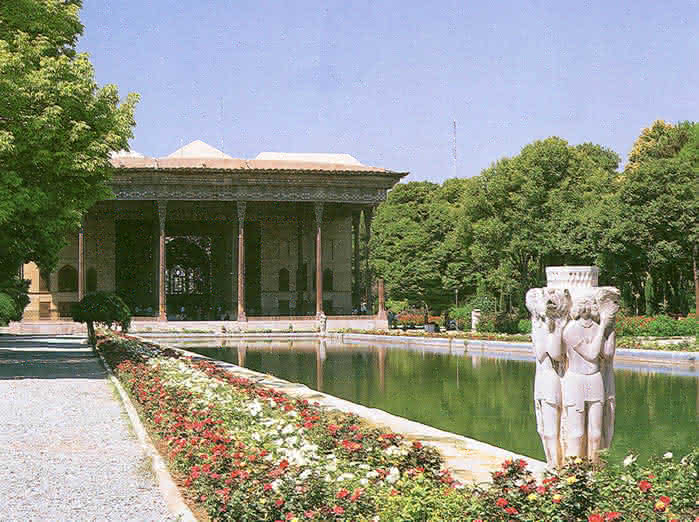 Chehel Sotoun Pavilion and Garden
Chehel Sotoun Pavilion and Garden1647, Istafan
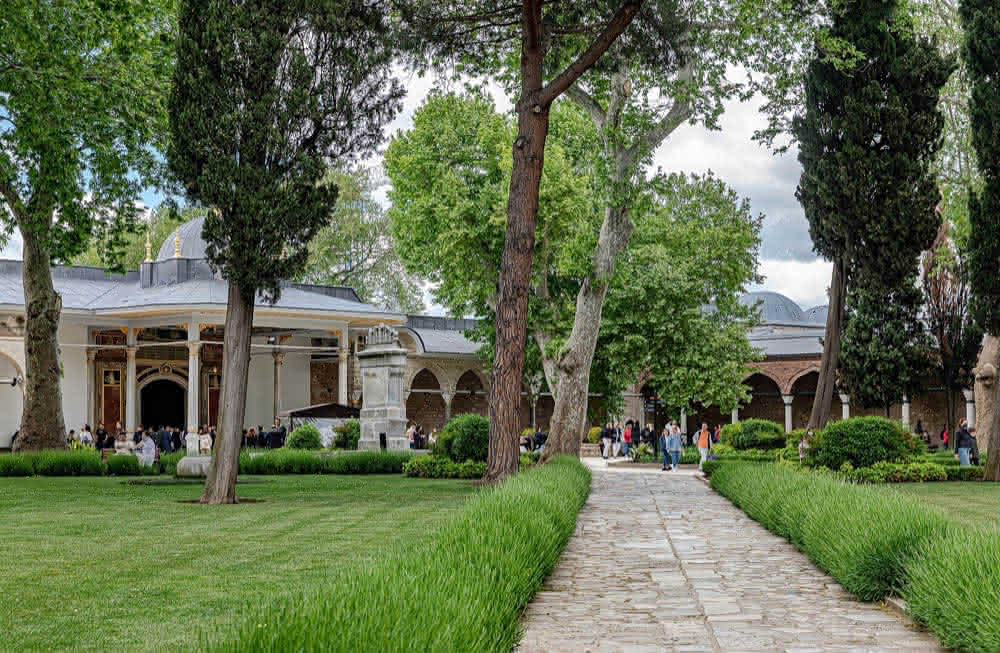 Garden and Park area in the second courtyard of the Topkapi Palace
Garden and Park area in the second courtyard of the Topkapi PalaceIstanbul, Turkey
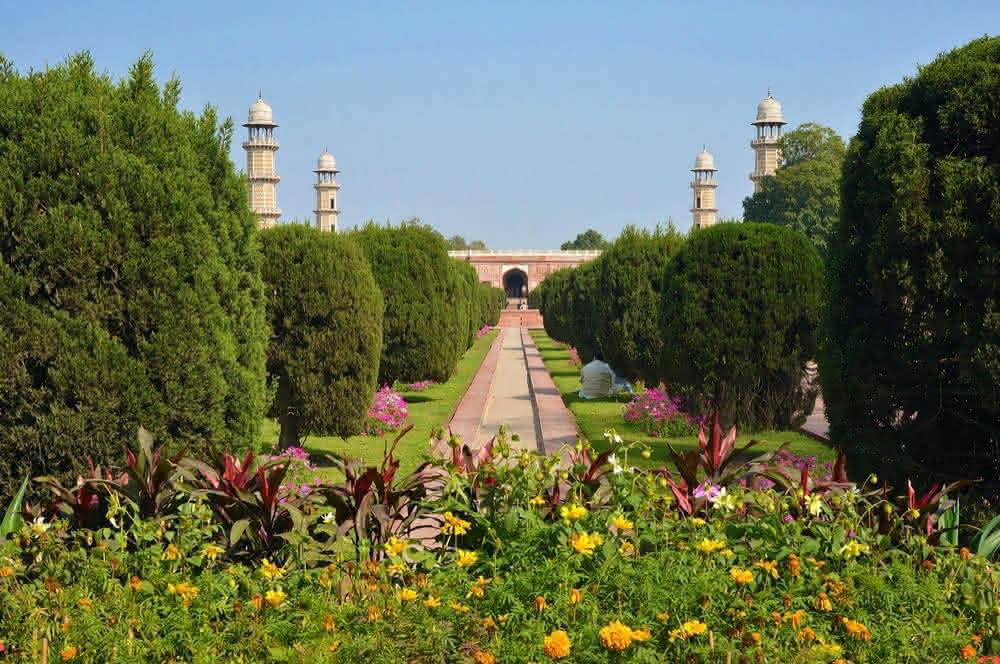 Tomb of Jahangir, Gardens at Shahdara Bagh
Tomb of Jahangir, Gardens at Shahdara Bagh 1626, Lahore, Pakistan
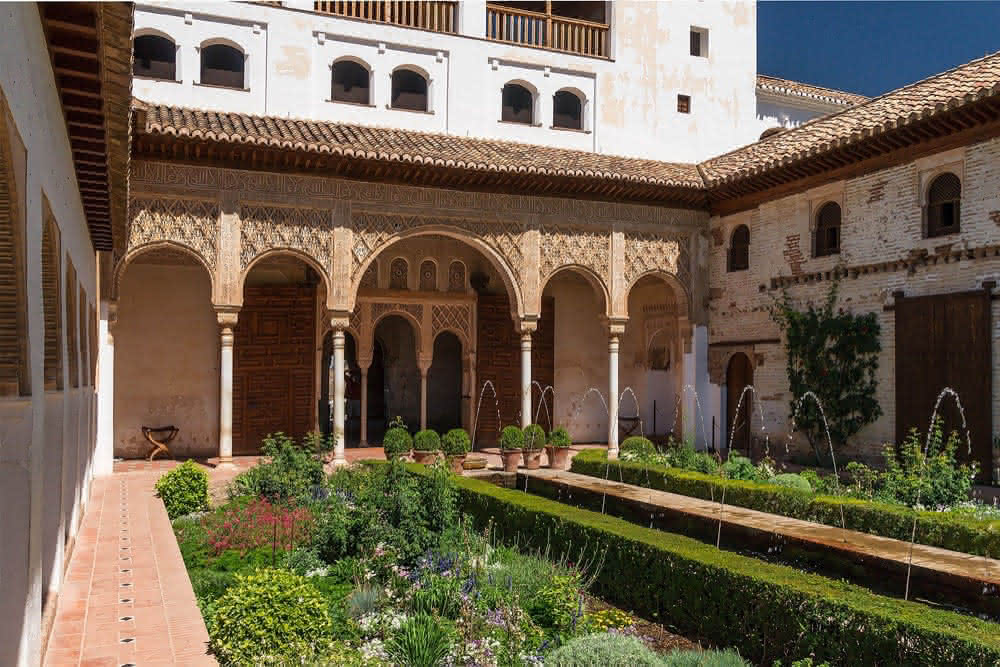 Garden courtyard in the Generalife of Granada
Garden courtyard in the Generalife of Granada14th century
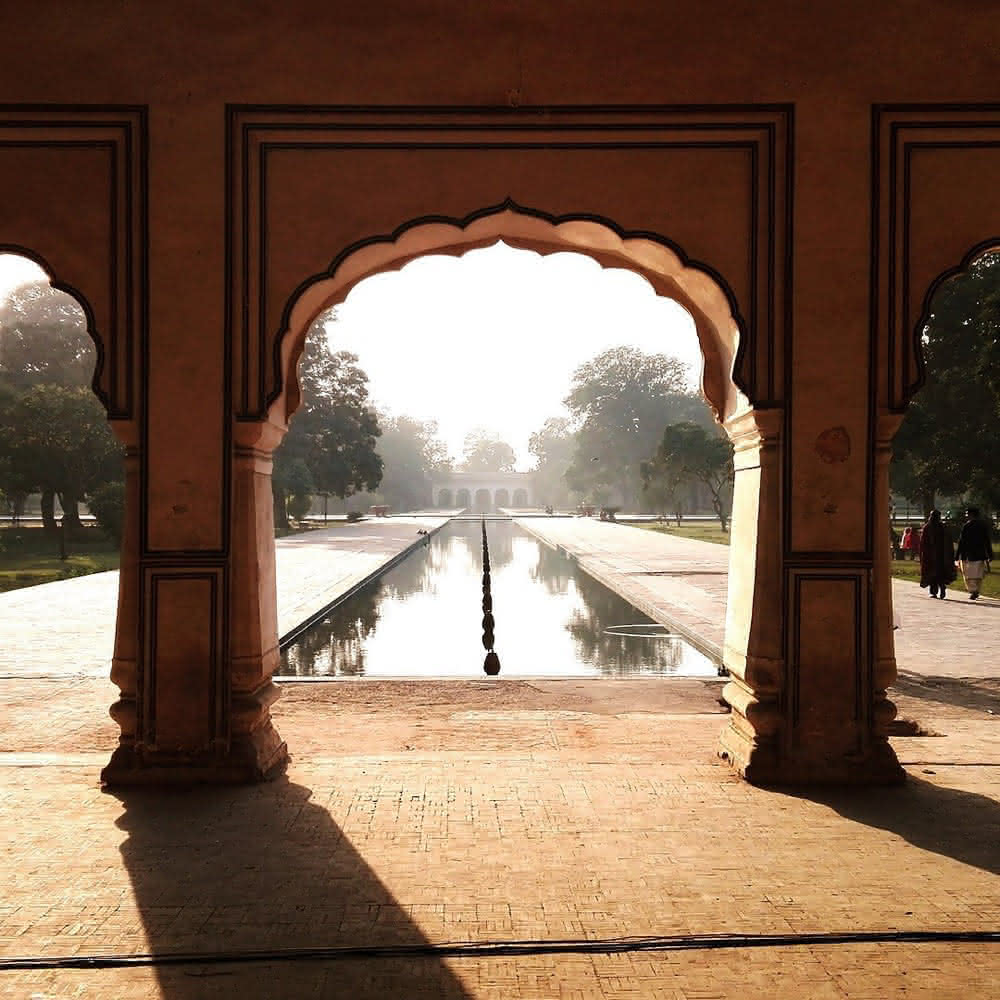 Shalamr Gardens, A UNESCO world heritage site
Shalamr Gardens, A UNESCO world heritage site1642, Lahore
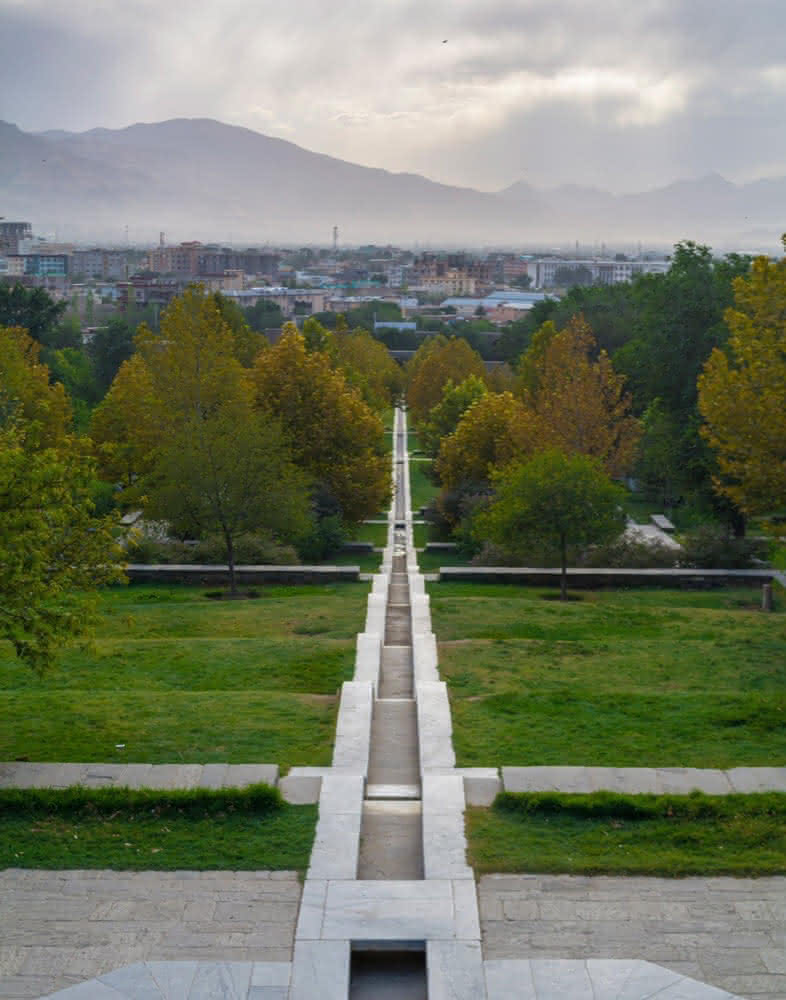 Babur Garden, Depics a stepped garden
Babur Garden, Depics a stepped garden1528, Kabul, Afganistan
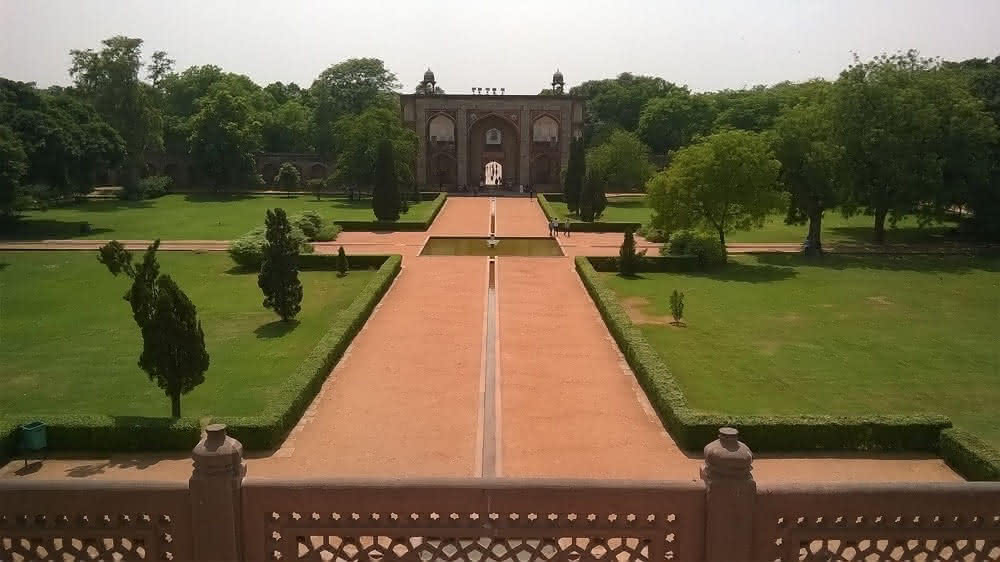 Humayuns Tomb
Humayuns Tomb1565, Delhi, India
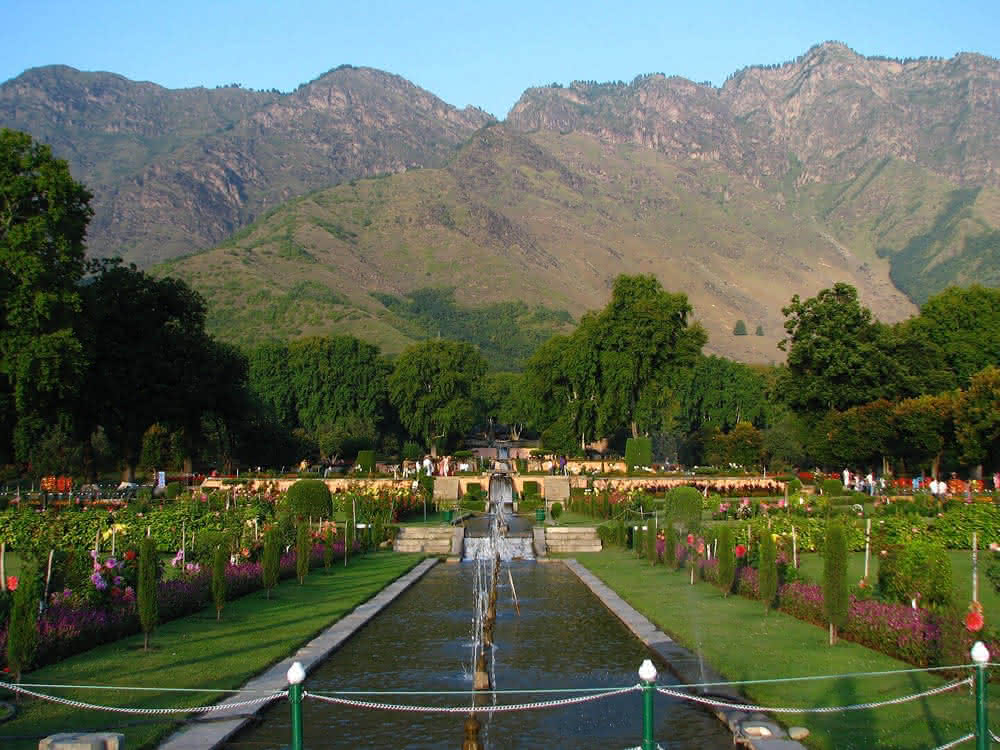 Nishat Gardens Mughal Garden
Nishat Gardens Mughal Garden1633, Kashmir
